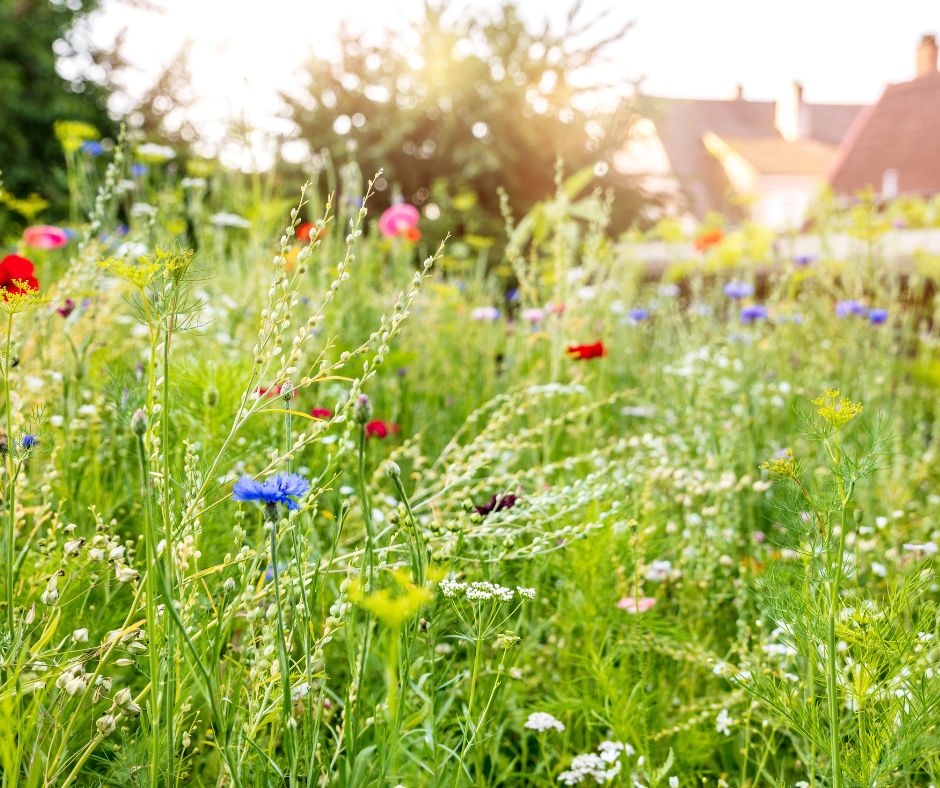As a sustainable business, Beauty Kubes is keen to champion any project or movement that can help to reverse the damage done to our wildlife over the last several decades.
You may have seen our post earlier in May regarding the open letter we sent, organised by the team at Neal’s Yard Remedies to the Prime Minister, urging him to reconsider his decision to allow the use of harmful Neonicotinoid pesticides, this is still an ongoing campaign, and we will update you on any progress as and when we receive any.
This month, we can all do a little bit to help our declining wildlife thrive. ‘No mow May’ is an initiative created by Plantlife, to encourage garden owners to ideally leave their entire lawn un-mown for the whole month of May, or at least a section of it.

According to Plantlife, “The results of giving the mower a breather for May can be spectacular; in 2021, No Mow Mayers reported over 250 plant species including wild strawberry, wild garlic and a dazzling array of rarities including adders’-tongue fern, meadow saxifrage, snake’s-head fritillary, and eyebright. Wild orchids including the declining man orchid, green-winged orchid, southern and northern marsh orchid, and bee orchid lit up liberated lawns”.
In our own garden, we already have creeping buttercup and wild yarrow starting to grow and we are excited to see what other wild flowers and plants we will see at the end of May. If you want to know a little bit more about what to expect, Plantlife have the following data from previous years:

“For those considering No Mow May, Plantlife can today reveal just what to expect. A one metre square on a typical EFC lawn last year had 17 daisies and a smattering of buttercups and dandelions. Across lawns, germander speedwell and field forget-me-nots were next most likely to show. Such a square of lawn would produce about two milligrams of nectar sugar and three microlitres of pollen per day. So 100 m² area of lawn would produce enough pollen to stock up six mining bee brood cells and enough nectar sugar to meet the baseline needs of six bumblebees a day.

Dandelion-clad lawns are particularly wildlife friendly as they are disproportionately important for pollinators. Despite being outnumbered by daisies 85 to 1 on a typical 2021 lawn, they produced 9% of its pollen and fully 37% of its nectar sugar. In fact, just 8 dandelion flowers might produce enough nectar sugar to meet an adult bumblebee’s baseline energy needs.
If you sign up to take part, you can get a free poster to help you identify the wildflower and plants that will start to appear. You can take part in the ‘Every Flower Counts’ survey to get your own nectar score at the end of the month!
To sign up, just head to the Plantlife website and click on the Sign up Today button in the right hand corner.
We hope you will join us in supporting this initiative and we look forward to sharing our results with you at the beginning of June.

